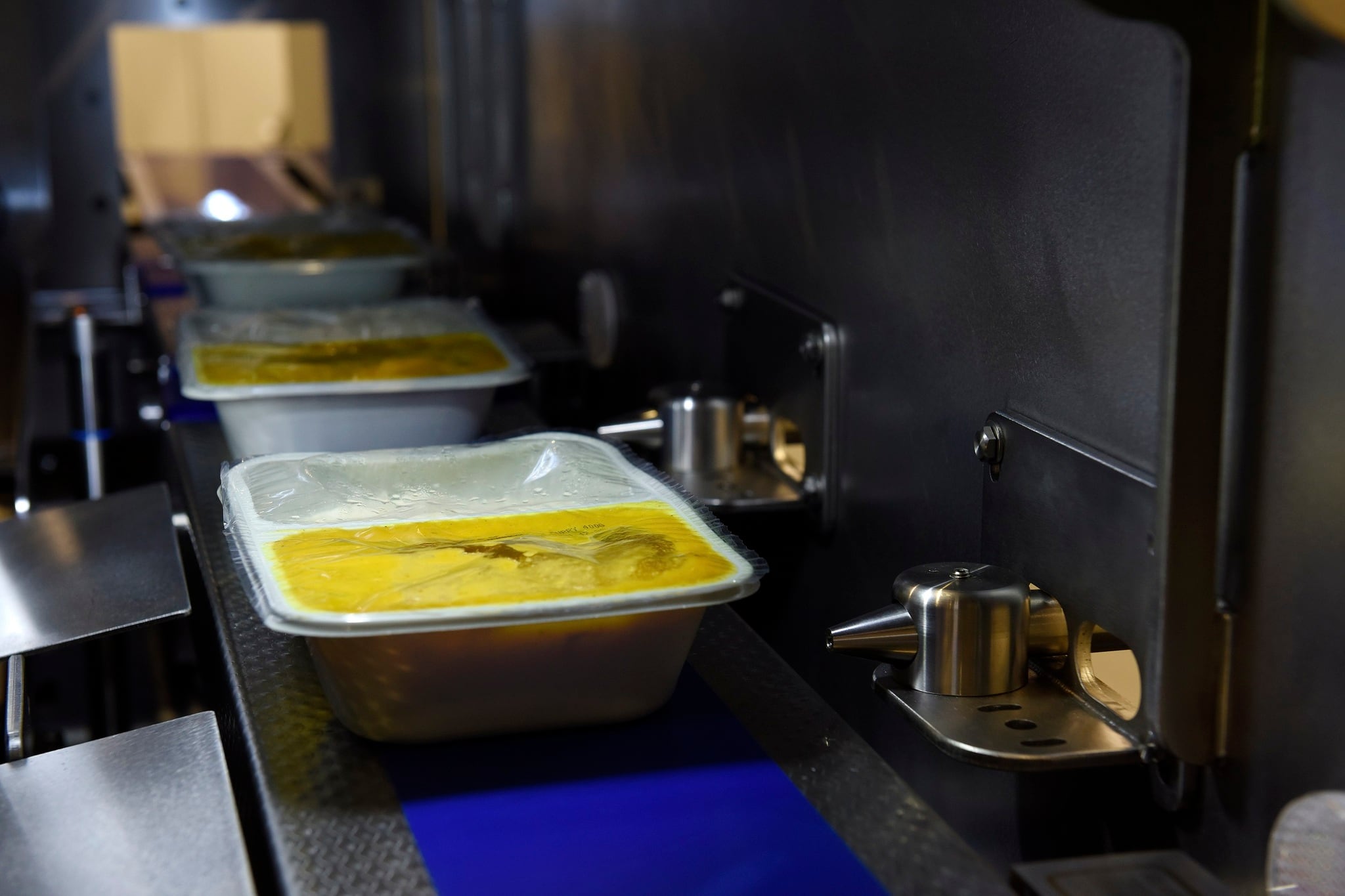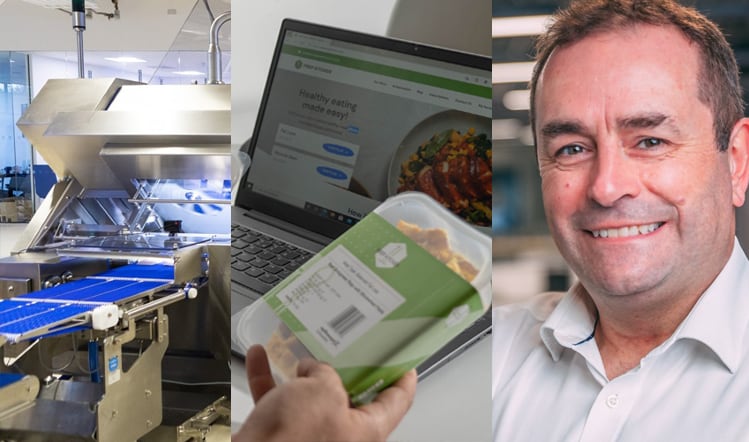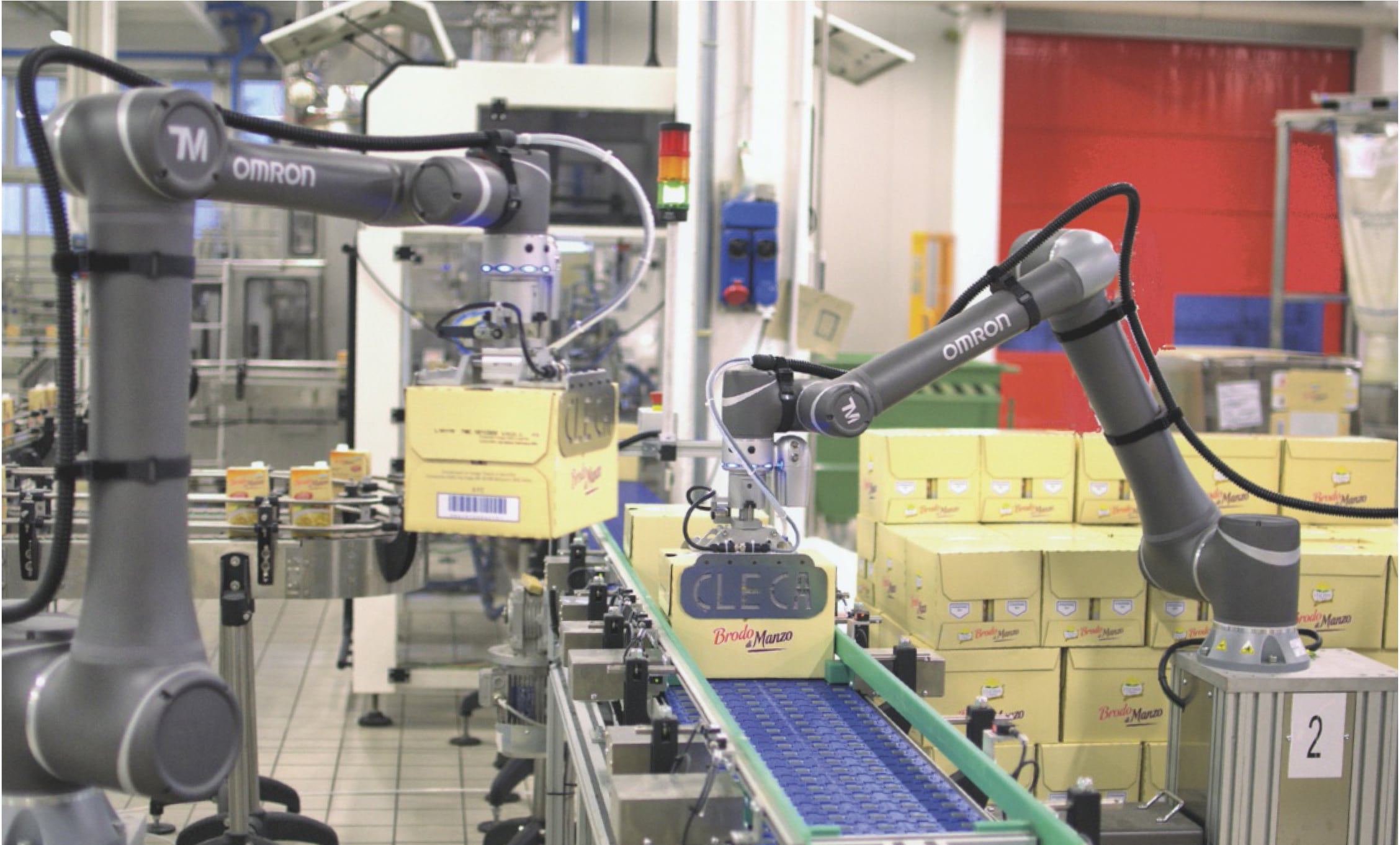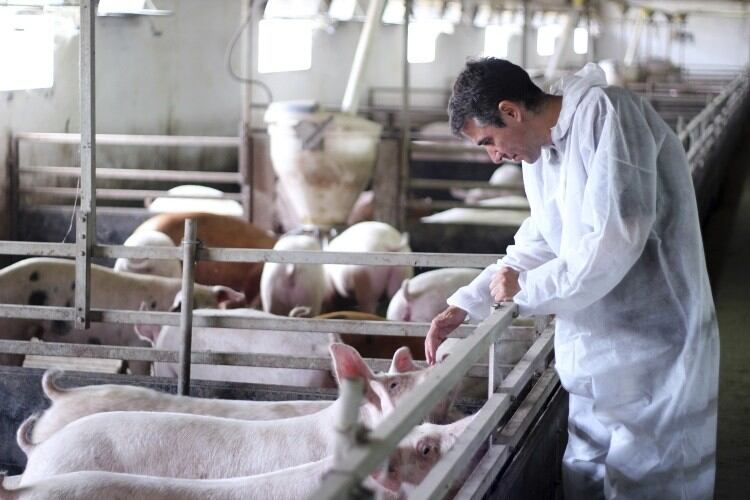Phil Brown, Fortress Technology Europe managing director, recapped the ‘seven Rs’ that are driving food factories to implement a more robust ‘best in class’ contaminant detection strategy.
Retailer requirements
Most of the major retailers now require food suppliers to demonstrate that they are identifying all contaminants, including metal, glass, wood, rubber, high density plastic, stone and calcified bones.
Some retailers now insist on a more collaborative approach between metal detectors and x-ray to ensure a more complete package of contaminant detection.
“The decision to invest in x-ray or metal detection equipment is dependent upon a manufacturer’s requirements,” said Brown.
“Both technologies come with their own advantages; neither should be a replacement for good manufacturing practices, but rather food safety units should complement the process based on needs and risks.”
Risks
Each sector of food manufacturing carries its own risks when it comes to contaminants – from small pieces of bone or teeth in meat, to an increased risk of plastic and metal contaminations in ready meals due to the multiple steps between sourcing ingredients to packing.
The pandemic and the widespread use of personal protective equipment (PPE) as a result has also augmented contamination risks on food processing lines. A line with 200 operatives each wearing at least two items of PPE daily creates 146,000 potential contaminants annually, Brown claimed.
“There are certain metals [x-ray detectors] can’t detect in a food product,” Brown warned. “Lightweight foil strips in PPE is a good example. Although visible to a metal detector, in contrast there’s not enough density differential between the foil contaminant and the product being inspected for an x-ray to pick this up.”
Reporting
Collating live OEE data and reporting results directly to quality assurance and technical personnel is increasingly imperative in fast-moving food production lines.
For traceability and audit purposes, records must be kept in order to verify that each system is performing to UK retailer COP standards and to prove that inspection procedures are being followed consistently and correctly.
Additionally, unannounced or virtual audits mean that documentation needs to be readily available at all times.
Recalls
With recalls presenting the risk of longstanding financial and reputational damage, manufacturers need to shift their attitude – rather than considering if a recall might happen, instead focus on when it could happen.
Future contaminant risks means you are not looking for patterns but future potential holes in the security chain, for example the increased risks from PPE. From a practical perspective, food processing inspection risks should be reviewed every 12 months as part of a defined HACCP assessment.
Supply chain transparency and the speed in which you can publicly pinpoint the source of a contaminant is imperative and can minimise any damage to brand reputation. Reporting software facilitates this traceability, demonstrates due diligence and helps to narrow the time frame in which a problem may go undetected.
Room
With factory space now at a premium, manufacturers should consider opting for combined systems to save line space and potentially improve cost of ownership.
Manufacturers could deploy and x-ray system in tandem with a metal detector – the x-ray would pick up stainless steel and ferrous metal contaminants as well as glass, stones and other non-metallic particles, whilst the metal detector would find foil.
“We recently took this concept a stage further incorporating dual density software into a compact Raptor Metal Detector/X-ray combi system,” explained Brown.
“Operating side by side, the two inspection heads are mounted on one conveyor and operated by a single touchscreen, sharing electronics, controls and a reject mechanism. Giving the best performance across the full contaminant spectrum.”
Reshoring reversal
With the pandemic highlighting the fragility of international supply chains, Phil has observed a definite shift in attitudes towards reshoring and a steady increase in live enquiries for food-grade x-ray and metal detection solutions with British food factories seeking a swift turnaround.
“Even before Brexit, the weak pound and ongoing tariff negotiations prompted many UK food manufacturers to price up their import versus domestic sourcing options,” Brown noted.
“A number made the conscious and pragmatic decision to source their food safety equipment domestically citing the need for greater resilienceand proximity to the engineering support team.”
Return on investment
A common error when calculating ROI is overlooking running costs and factoring in more subtle costs such as interruption to production, machine testing, training and support. These all form part of the pay back equation.
“Every technology advancement helps to build a safer food environment for all, protecting consumers and suppliers,” Brown concluded. “Previously, it might have been harder to justify the cost of having both x-ray and metal detection on a single line.
“However, even the best systems are not infallible. There are way more than seven reasons for implementing complementary technology.
“Yet, with the advancement in affordable inspection machines, food manufacturers no longer need to substitute one for the other. Having both is more than feasible and helps to safeguard against more harmful and brand damaging contaminants slipping through the net.”





